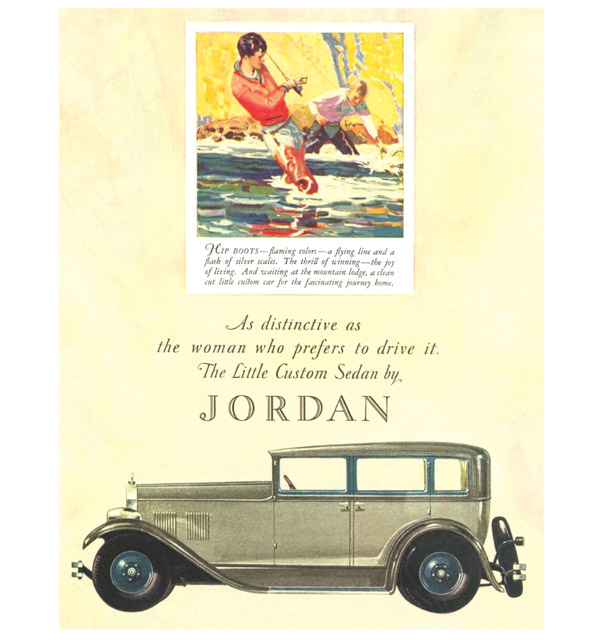Ohio Life
How One Advertisement by the Jordan Motor Car Co. Changed an Industry
Cleveland’s Ned Jordan ran an advertisement in 1923 that forever altered automobile marketing. It didn’t focus on price, engine size or features. It sold a feeling.
Related Articles

Visit the Ohio Graves of 5 U.S. Presidents
Seven presidents were born in Ohio, and another called the state home before being elected. Connect with that history by visiting the final resting places of the five who are buried here. READ MORE >>
.jpg?sfvrsn=c7bfb738_5&w=960&auto=compress%2cformat)
3 Ways to Celebrate Ohio Statehood Day in 2025
Happy birthday, Ohio! Celebrate 222 years of the Buckeye State this week in both our current and former capital. READ MORE >>

Visit This Gothic-Style Temple in Lake County
The northeast Ohio community of Kirtland played a pivotal role in the history of The Church of Jesus Christ of Latter-day Saints. READ MORE >>





